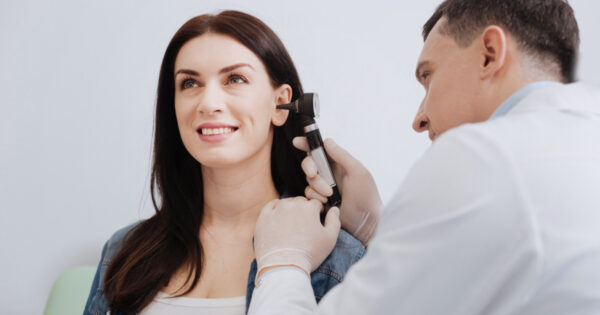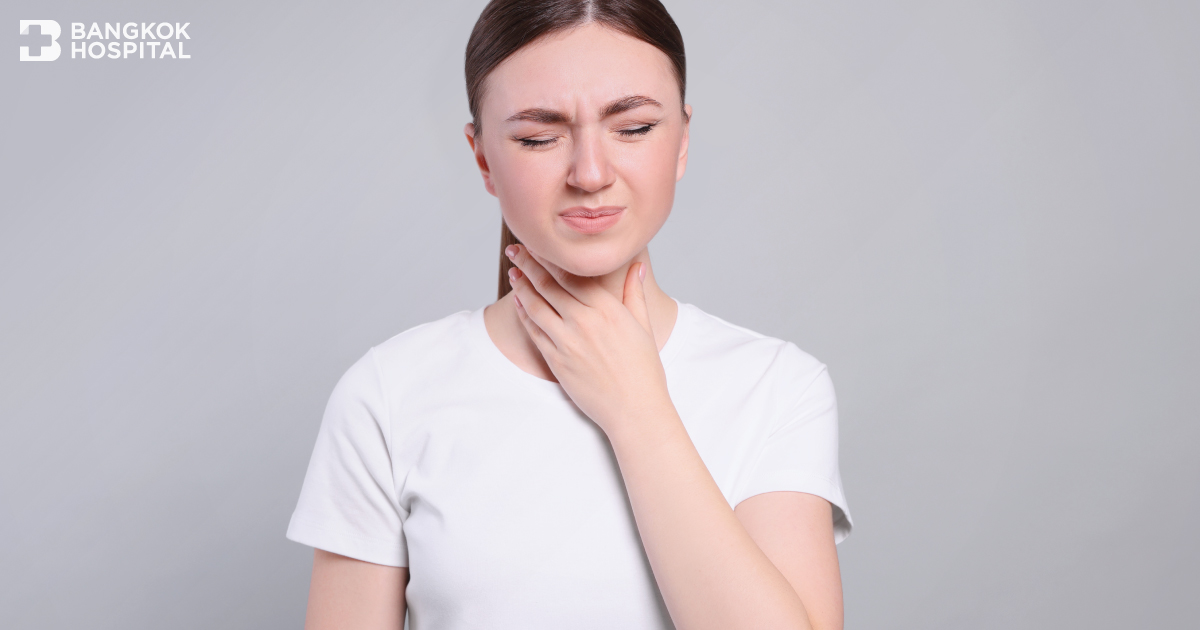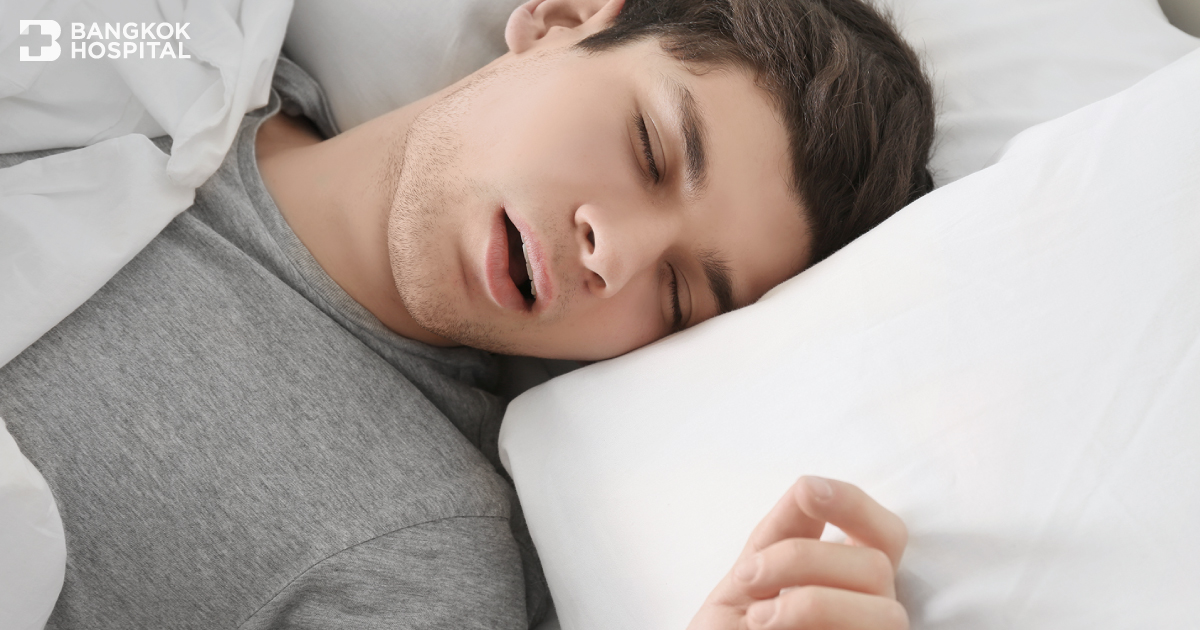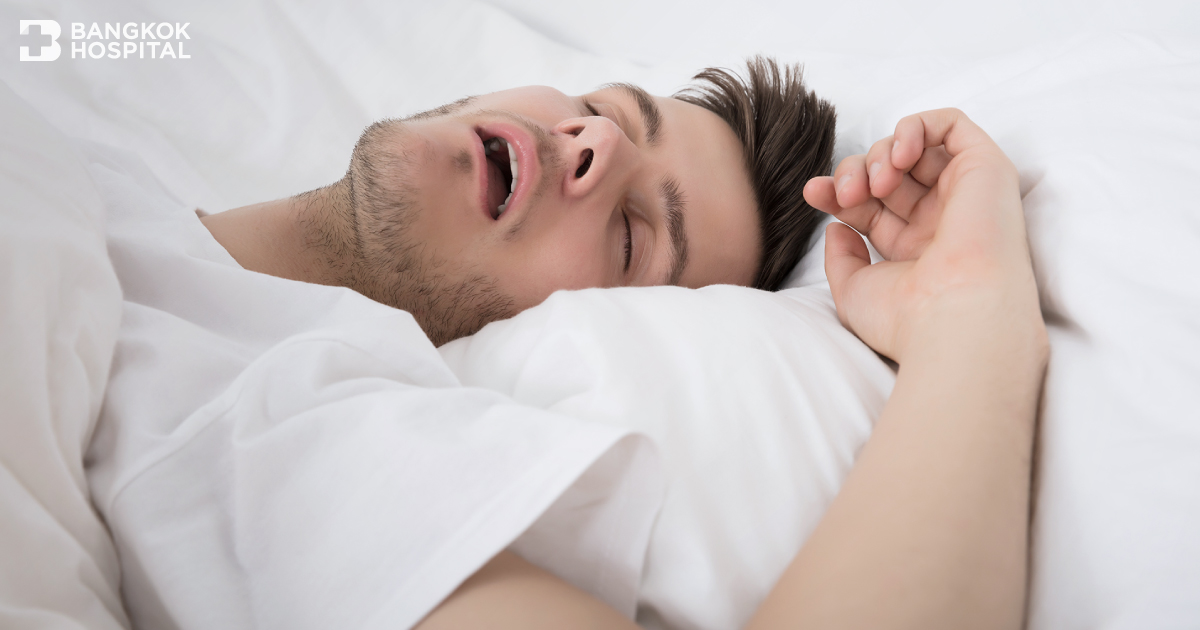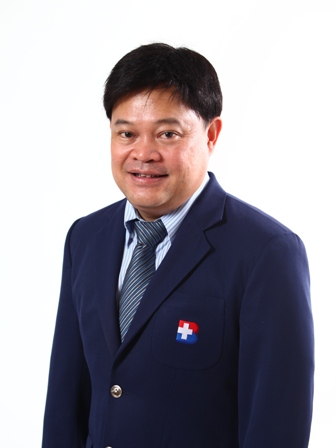Snoring can be found in 3-12% of children. It is common but may also be the first sign of obstructive sleep apnea, which is common in preschool and kindergarten children. It can have effects on daytime learning, behavior, and emotion. If your child makes noise when breathing during sleep or snoring becomes noticeable, you should consult a doctor.
Obstructive sleep apnea in children is treatable
The most common causes are enlarged tonsils and adenoids, allergy, and respiratory tract infection. The diagnosis and treatment includes:
- Patient history and physical examination – asking for risk factors
- Sleep test – overnight sleep study to determine if your child suffers from obstructive sleep apnea
- Treatment – depends on cause and severity of the condition
Surgical removal of the adenoids and tonsils
The tonsils and adenoids are areas of tissue at the back of the throat. The tonsils are on both sides of the throat, at the back of the mouth and are clearly visible. Adenoids are not visible, as they are located deep up the throat behind the nose. They are removed through the mouth and there are no visible scars following surgery. The surgery takes around 15-30 minutes. After the surgery, the child has to stay in the hospital for a night and will be able to go home the following day.
Your child’s tonsils and adenoids help him to build up immunity and fight infection. However, there are also other defense mechanisms to fight against infection such as lymphatic system. Also, vaccinations are very effective against certain infections. As a result, you do not need to worry about your child being more susceptible to infections.
Taking care of your child after the surgery
- Avoid food or drink that will irritate the surgical wound
- 5-7 days after the surgery, take cold/liquid diet e.g. icecream and yoghurt. Avoid hot food.
- After a week, take soft diet e.g. boiled rice and congee. It is ok to take food at room temperature but avoid hot food.
- The doctor will schedule a follow-up appointment at one week and two months to assess the condition
Surgical removal of tonsils and adenoids improves quality of sleep
The surgery can significantly improve symptoms of obstructive sleep apnea (75-100%). Studies show that the surgery will:
- Improve quality of sleep
- Improve overall health and behavior
- Improve brain function
- Improve small motor development and attention
In addition, continuous positive airway pressure (CPAP) is considered the first line of treatment for those children who are not candidates for surgery. It blows air under pressure into your child’s airway. The pressure keeps the child’s airway open while they sleep and makes breathing easier.
Other treatment includes lifestyle change. Obesity may be a cause of your child’s sleep apnea. This will involve changes in diet, exercise, and other behaviors. Even if other treatments are used, weight loss should always be a goal for an overweight child with obstructive sleep apnea.


